Many people think about that non-native species are merely weedy or ugly crops, nevertheless many invasive perennials are terribly showy and have been first launched as landscaping ornamentals. Some states ban them, however many are nonetheless obtainable in yard retailers. Invasive ground covers are notably problematic because of they’re fast rising and unfold shortly. They merely outcompete native species and smother every plant in an house, along with all of the issues from spring-blooming wildflowers to mature native timber.
Many invasive ground covers are vines that sprawl all through the soil, forming dense mats of vegetation. Some moreover climb timber, reaching extreme into the duvet and shading out or strangling their hosts. It is attainable you will suppose that crops smothering roadside forests aren’t your downside, nevertheless when one factor takes over your yard, you’ll be sorry. Upon getting an invasive plant established in your yard, it’s vitally troublesome to cast off it.
Save your self a lot of future issues by avoiding these 15 invasive ground covers. It is attainable you will should dig them out or simply stay away from planting throughout the first place.
Seaside Vitex
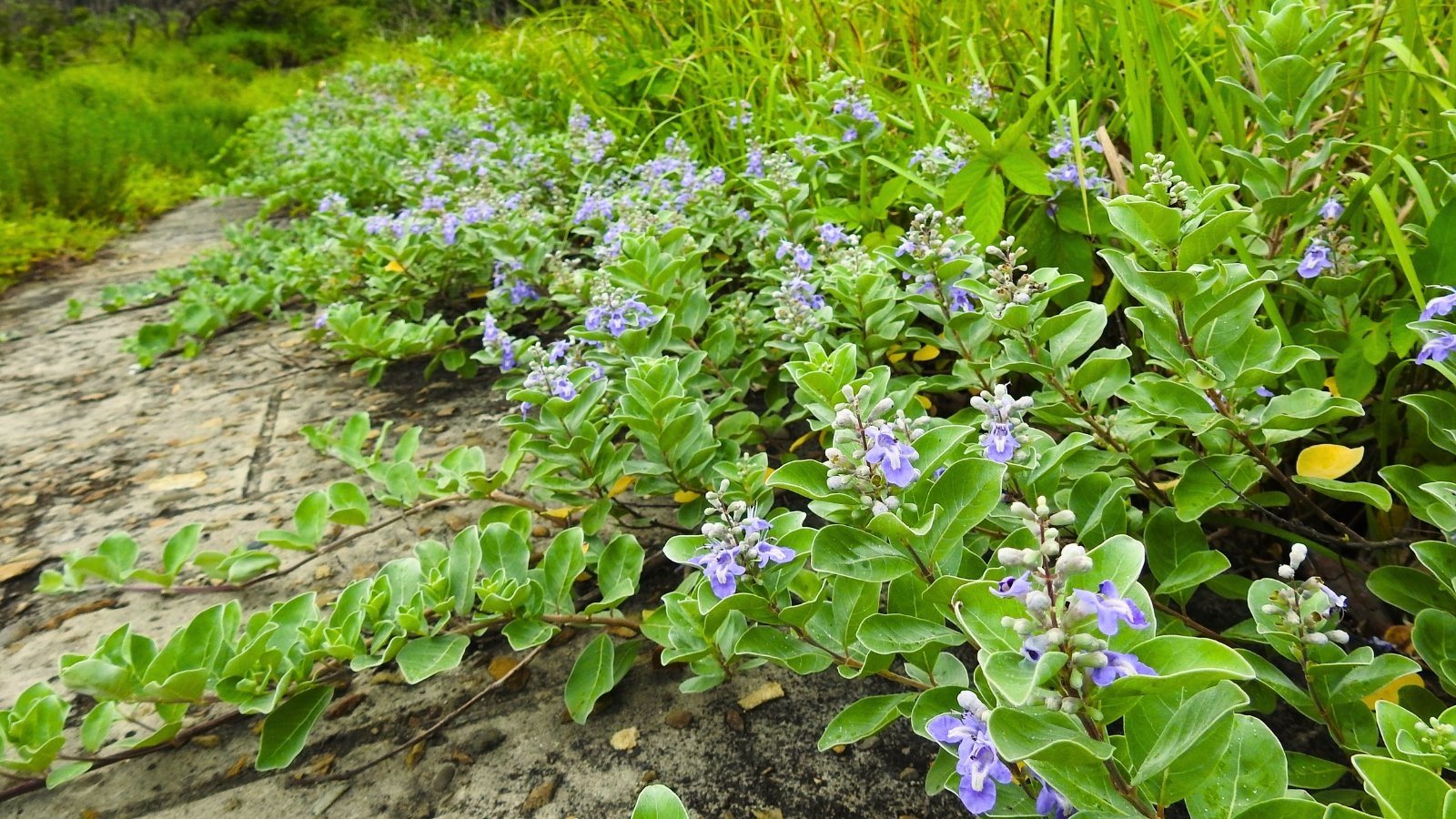

|
|
botanical determine Vitex rotundifolia |
|---|
Seaside vitex is a fast-growing invasive ground cowl from Asia. Dropped on the US to protect sand dunes from erosion, it shortly unfold uncontrolled and outcompeted native seaside vegetation. Thriving in sandy environments with full photo voltaic, vitex may very well be very tolerant of salt spray. It poses the perfect threat to coastal areas and is noxious all by means of the East Coast, from Florida to New York.
Additionally known as roundleaf chastetree, seaside vitex is a woody, deciduous shrub. It’d most likely develop as a lot as two toes tall nevertheless in its favored seaside habitat, it’s additional liable to develop as sprawling woody stems. This high-maintenance plant has showy purple flowers that bloom in spring.
Bishop’s Weed
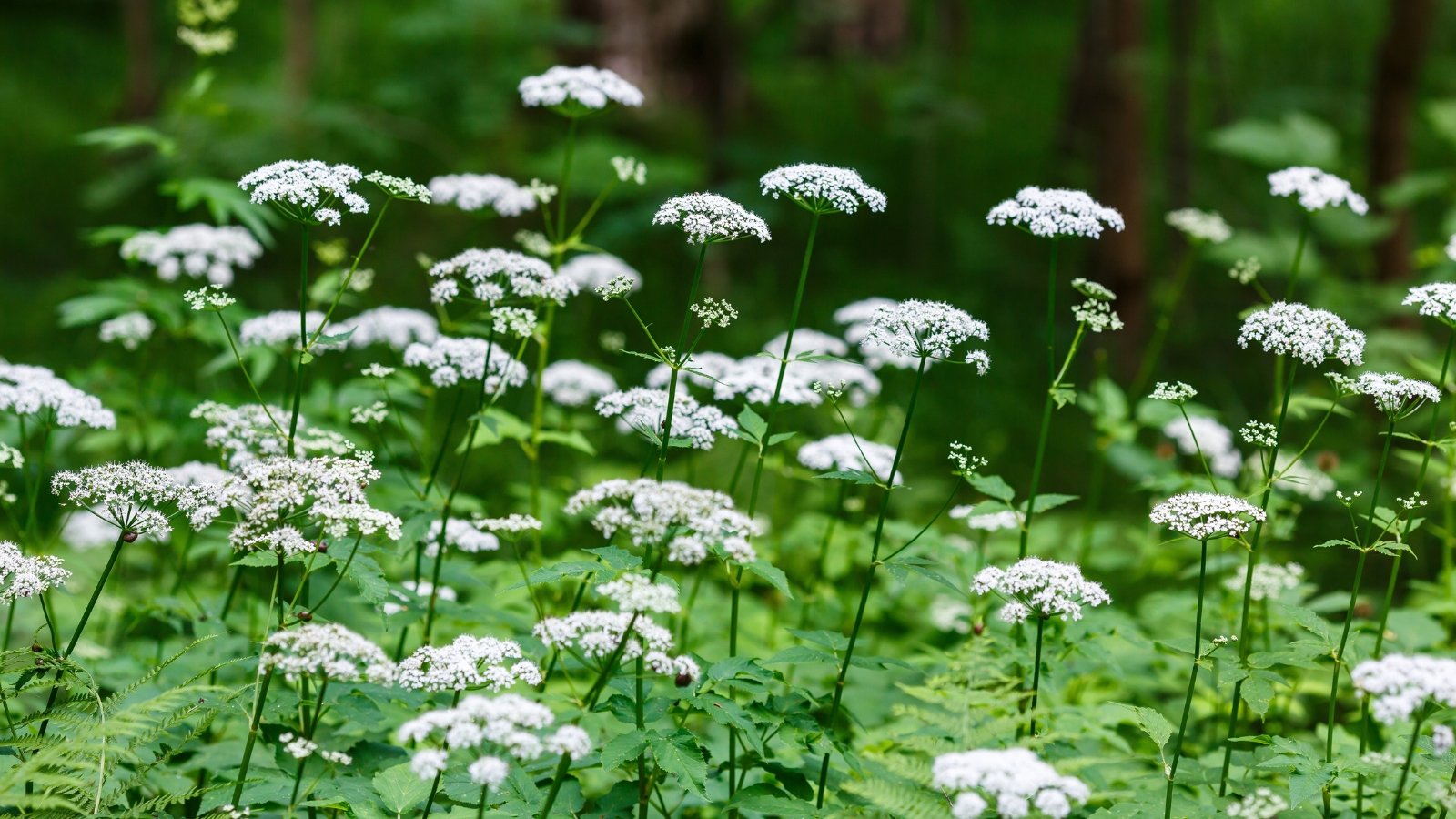

|
|
botanical determine Aegopodium podagraria |
|---|
Bishop’s weed, usually referred to as goutweed, is an aggressive European species. It thrives in partially sunny woodland habitats the place it freely spreads by self-seeding and vigorous root stolons. As quickly as established, it is very troublesome to remove because of any root gadgets left throughout the ground can sprout into new crops.
Bishop’s weed is a member of the carrot family (Apiaceae) and has white-flowering umbels identical to totally different members of this family. These flat-topped clusters of tiny flowers bloom throughout the spring. The leafy stems can develop between one and three toes tall and type dense colonies that outcompete any neighboring vegetation.
Cogongrass
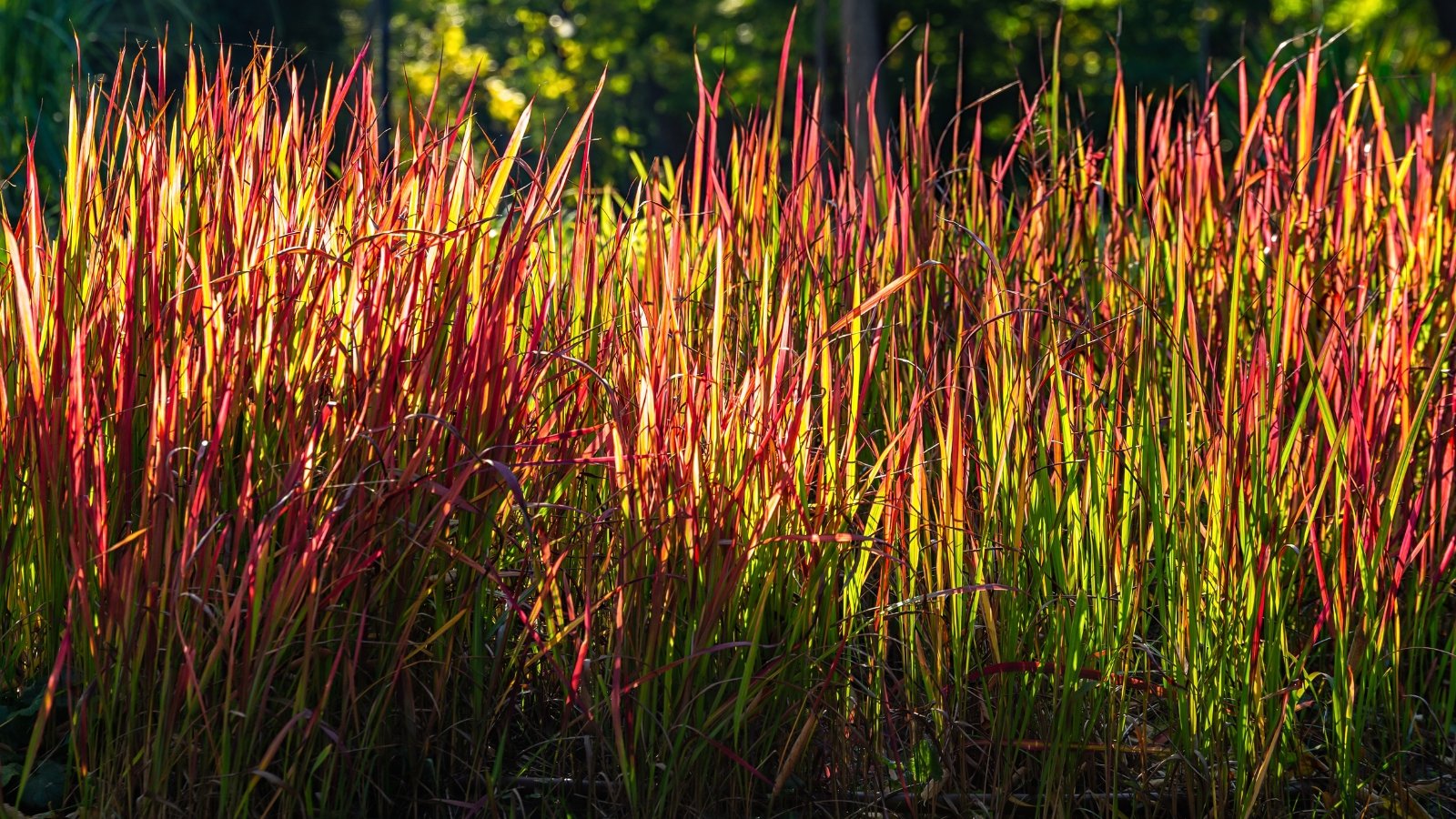

|
|
botanical determine Imperata cylindrica |
|---|
Cogongrass, usually referred to as Japanese blood grass, is native to Africa and Asia. Launched to the US throughout the early 1900s, it shortly unfold all by means of the Southeast and alongside the East Coast. Cogongrass spreads shortly by self-seeding and ample rhizomes to create dense, impenetrable stands of vegetation, totally choking out native species.
There are lots of cultivars of this invasive grass species, and there’s some debate as as as to whether these cultivars are safe to develop. For individuals who’re in the hunt for an ornamental grass in order so as to add some vary to your panorama, choose a species native to your space so you might benefit from a hardy native grass that may thrive in your panorama, revenue native wildlife, and forestall invasion in your yard or previous.
Creeping Jenny
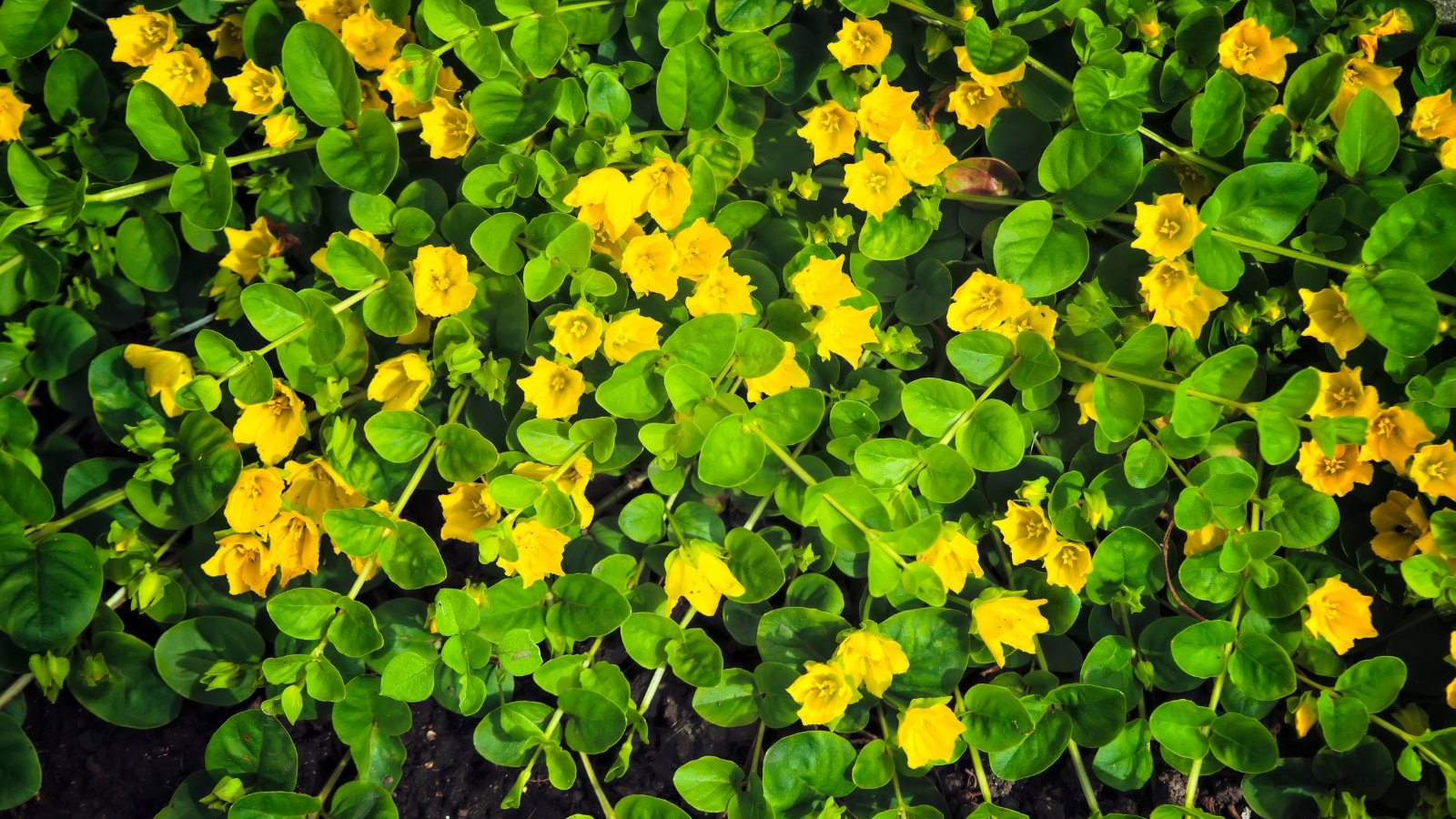

|
|
botanical determine Lysimachia nummularia |
|---|
Creeping Jenny is a ground-hugging herbaceous perennial native to Europe and Asia. This perennial grows solely about six inches tall nevertheless is a large threat to native vegetation. It prefers cooler climates with moist soil and a great deal of photo voltaic. In wonderful circumstances, it might really unfold shortly to type a dense mat of leafy vegetation. This species is noxious all by means of lots of the Northeast.
Creeping Jenny has prolonged prostrate stems with pairs of rounded, reverse leaves. This invasive ground cowl doesn’t flower sometimes, nevertheless when it does, its vibrant yellow primrose-like flowers bloom in mid-summer.
English Ivy
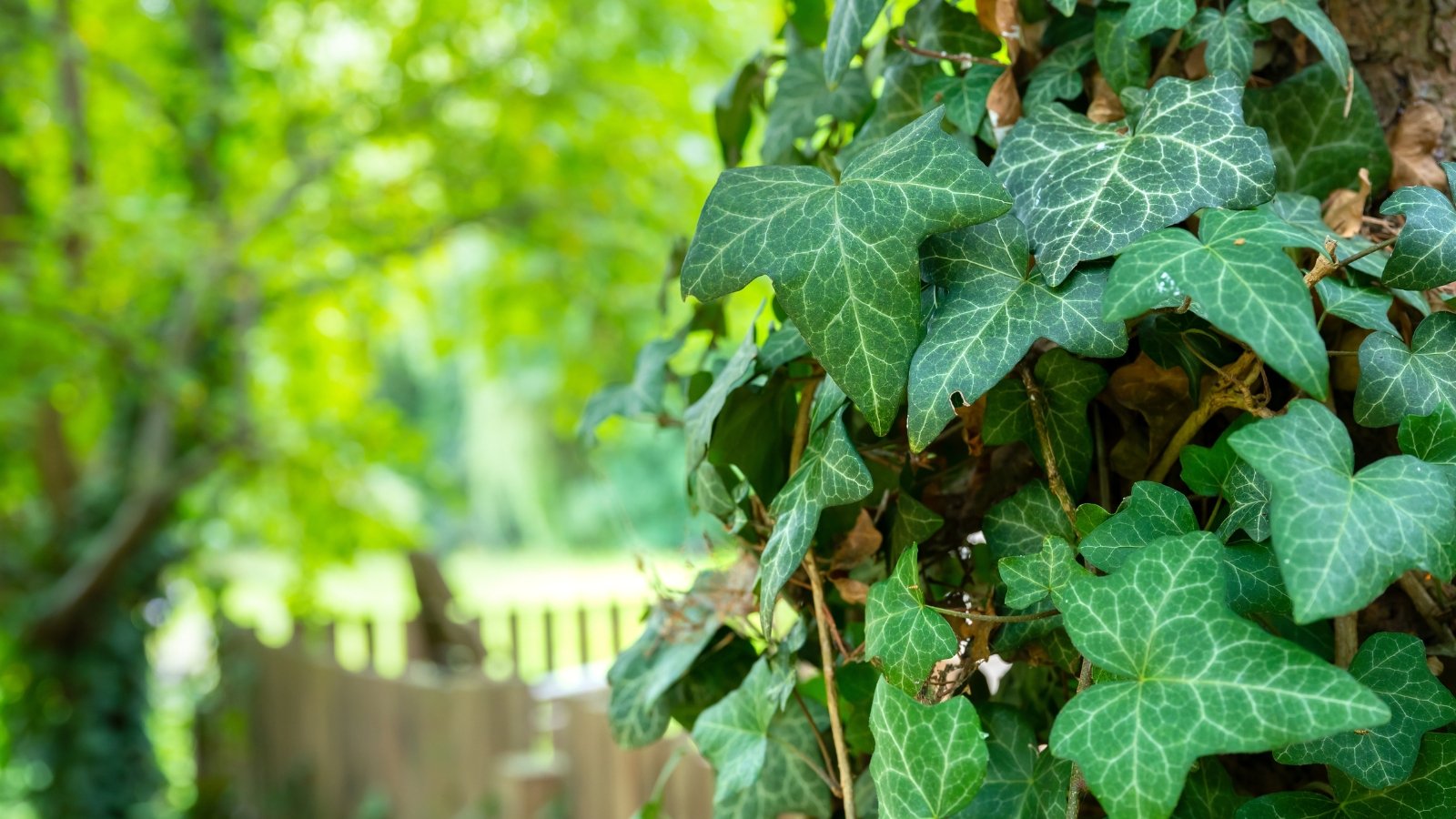

|
|
botanical determine Hedera helix |
|---|
Possibly most likely essentially the most merely acknowledged invasive ground covers, English ivy is often provided at yard amenities no matter its label as a noxious weed in every the Japanese and Western United States. English ivy develops thick, furry stems and has shiny evergreen foliage. Its flowers are insignificant nevertheless yield small fruits eaten and unfold by birds.
This fast-growing creeping and climbing vine is tolerant of full photo voltaic, full shade, and poor soil circumstances. It covers the underside, scales buildings, and grows so thickly up timber that it smothers and kills them. This ivy merely blankets large areas and outcompetes surrounding vegetation. Some of us develop itching or burning pores and pores and skin irritation after coming concerned with the sap.
Self-discipline Bindweed
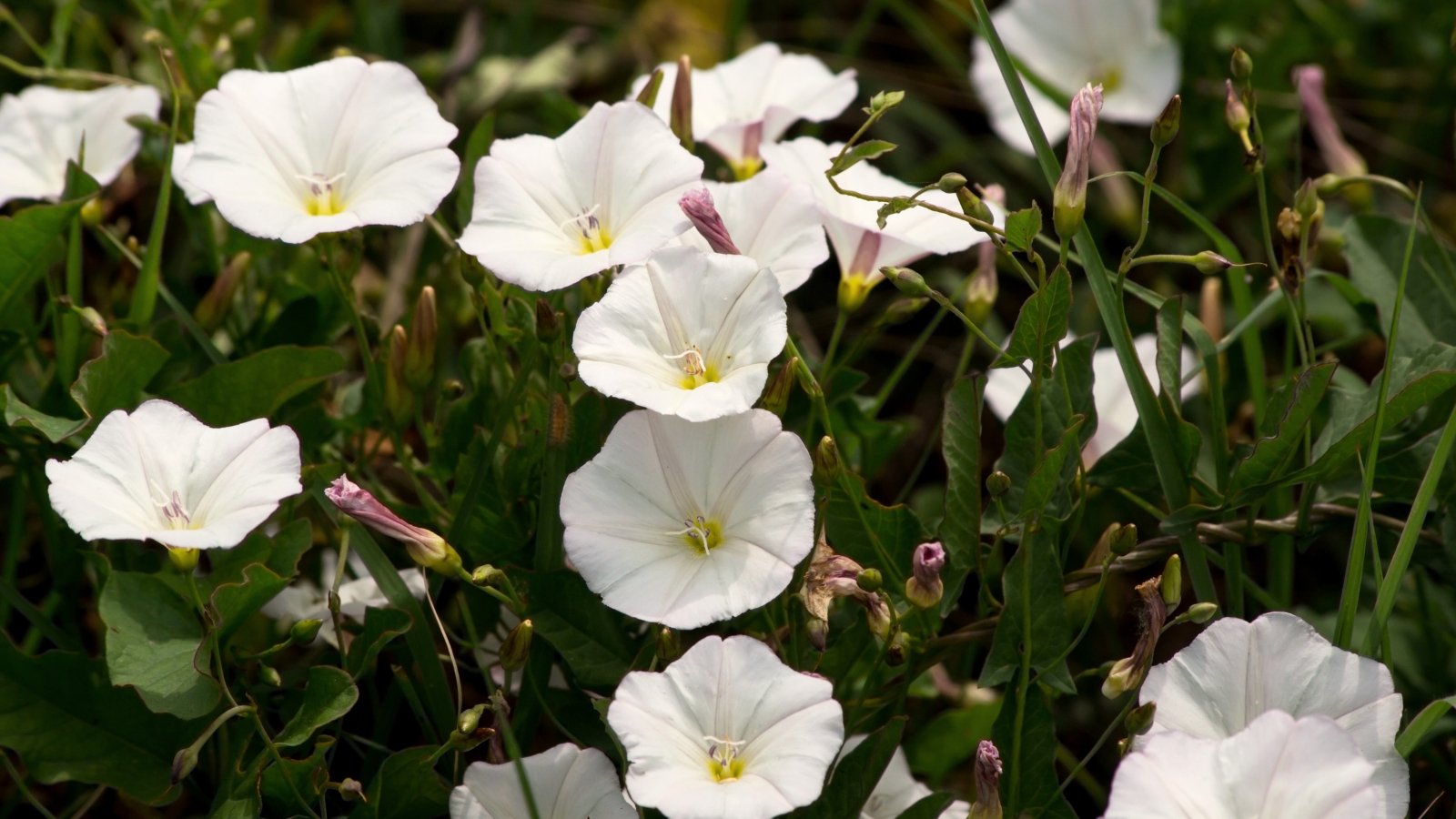

|
|
botanical determine Convolvulus arvensis |
|---|
Self-discipline bindweed, moreover known as topic morning glory, has pretty flowers that look identical to morning glories of the genus Ipomea. Whereas widespread morning glories can turn into weedy, bindweed poses some vital threats to pure ecosystems. This invasive ground cowl grows and spreads shortly, forming a blanket that smothers shut by vegetation.
Self-discipline bindweed is native to Africa, Asia, and Europe. It usually grows in fields, farmlands, grasslands, roadsides, and disturbed areas. This weed is noxious in over half of the US and should not be unfold.
Ice Plant
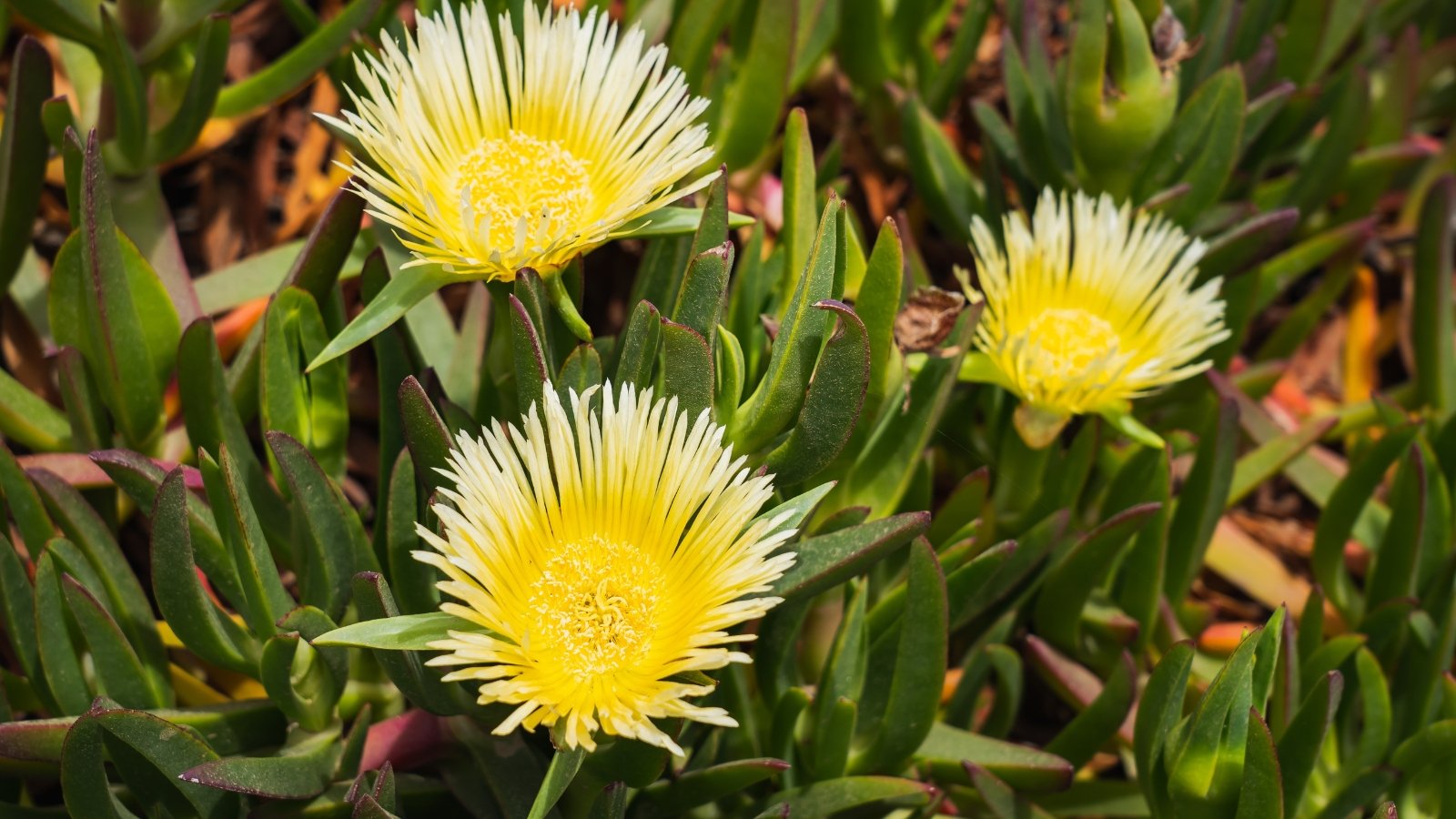

|
|
botanical determine Carpobrotus edulis |
|---|
For individuals who’ve walked alongside coastal California’s seashores, you’ve possibly seen ice crops. This hardy succulent thrives alongside sandy seasides, choking out native dune plant communities. It creeps alongside the underside to type a thick mat of vegetation. Any broken stem sections merely re-root, allowing it to colonize a broad house shortly.
Ice plant, sometimes known as Hottentot fig, is often provided as an ornamental. In some landscapes, it poses no threat to the ecosystem. Nevertheless within the occasion you reside in a coastal ambiance, it’s biggest to stay away from rising ice crops. When not sure, choose native species in its place.
Italian Arum
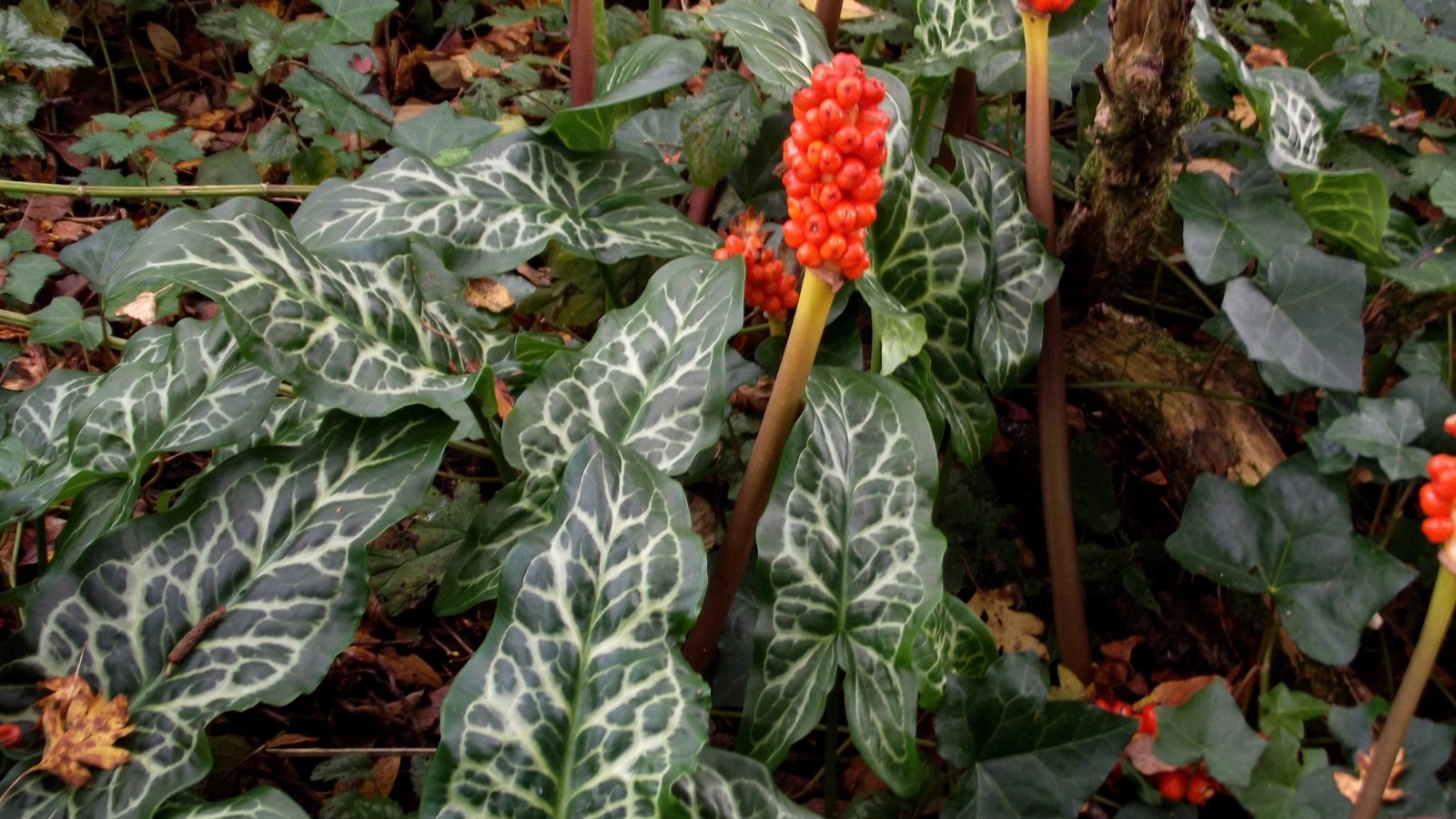

|
|
botanical determine Arum italicum |
|---|
Italian arum is an herbaceous perennial endemic to Europe that is sometimes provided as shade-tolerant ground cowl. It loves woodlands with moist soil and easily naturalizes and spreads uncontrolled. Italian arum is a vigorous grower in a position to forming dense stands and outcompeting native woodland wildflowers.
Arum significantly resembles the native Jack-in-the-pulpit. At a glance, it’s easy to confuse these species. The broad arrowhead-shaped leaves sometimes have a pattern of sunshine inexperienced veins on a darkish inexperienced background. A single arum-like flower has a lightweight inexperienced papery spathe surrounding a pale, creamy yellow spadix. The fruits are a dense cluster of vibrant crimson berries. Your total plant is toxic and should not be ingested.
Japanese Honeysuckle
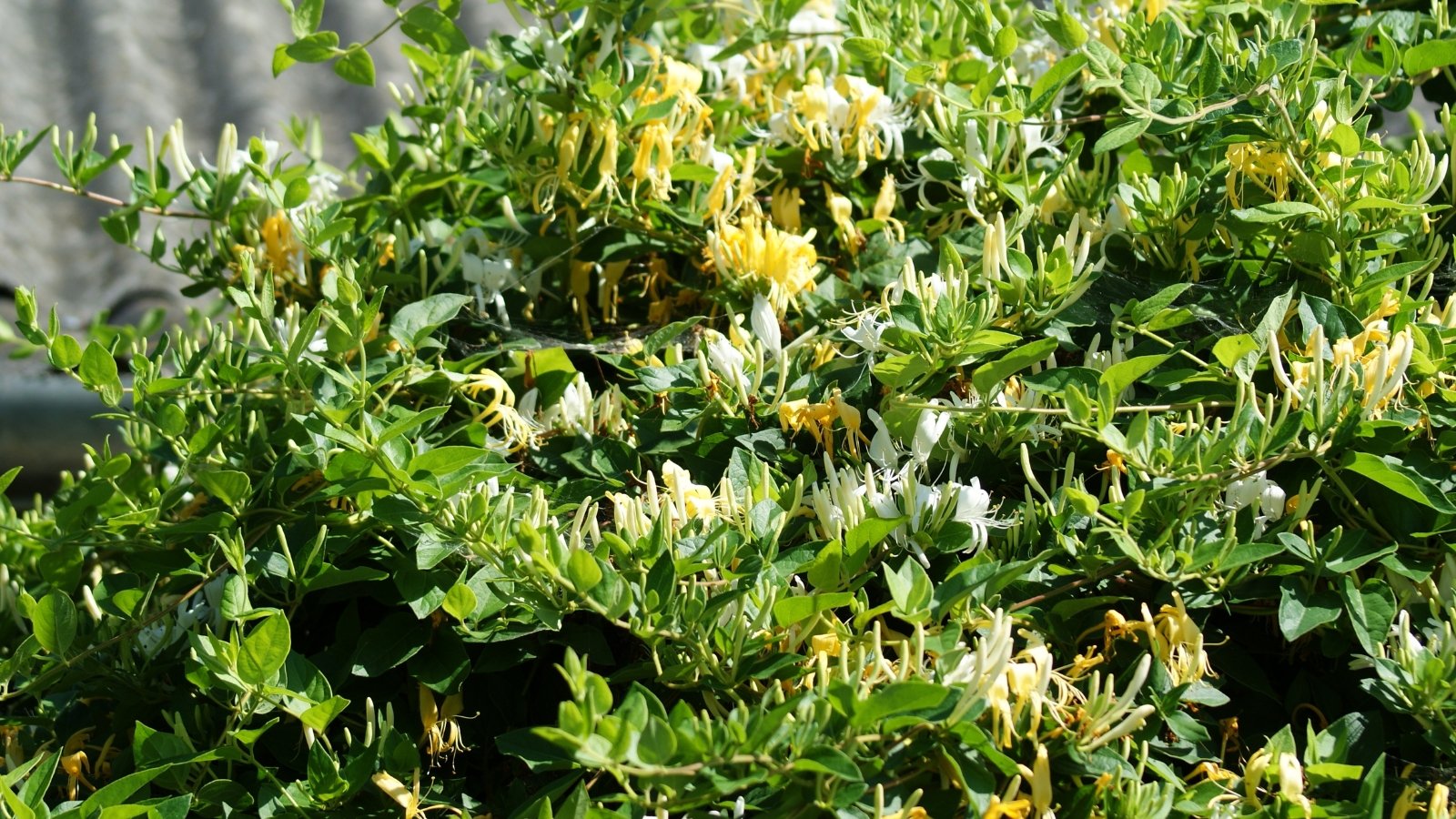

|
|
botanical determine Lonicera japonica |
|---|
Japanese honeysuckle is a creeping woody vine endemic to Asia. This generally is a acquainted invasive ground cowl that usually grows alongside fencerows, woodland edges, roadsides, and all by means of metropolis and woodland settings. It sprawls alongside the underside until it finds one factor to cling to after which it climbs and twines up vertical helps, akin to small timber and shrubs, smothering and choking its hosts.
Japanese honeysuckle has merely recognizable flowers. The white and creamy yellow tubular flowers bloom in late spring and early summer season season and have a sweet fragrance. The twining stems develop over 80 toes prolonged! The stems are lined with pairs of reverse leaves. Youthful leaves have wavy edges whereas mature leaves are smooth-edged.
Kudzu
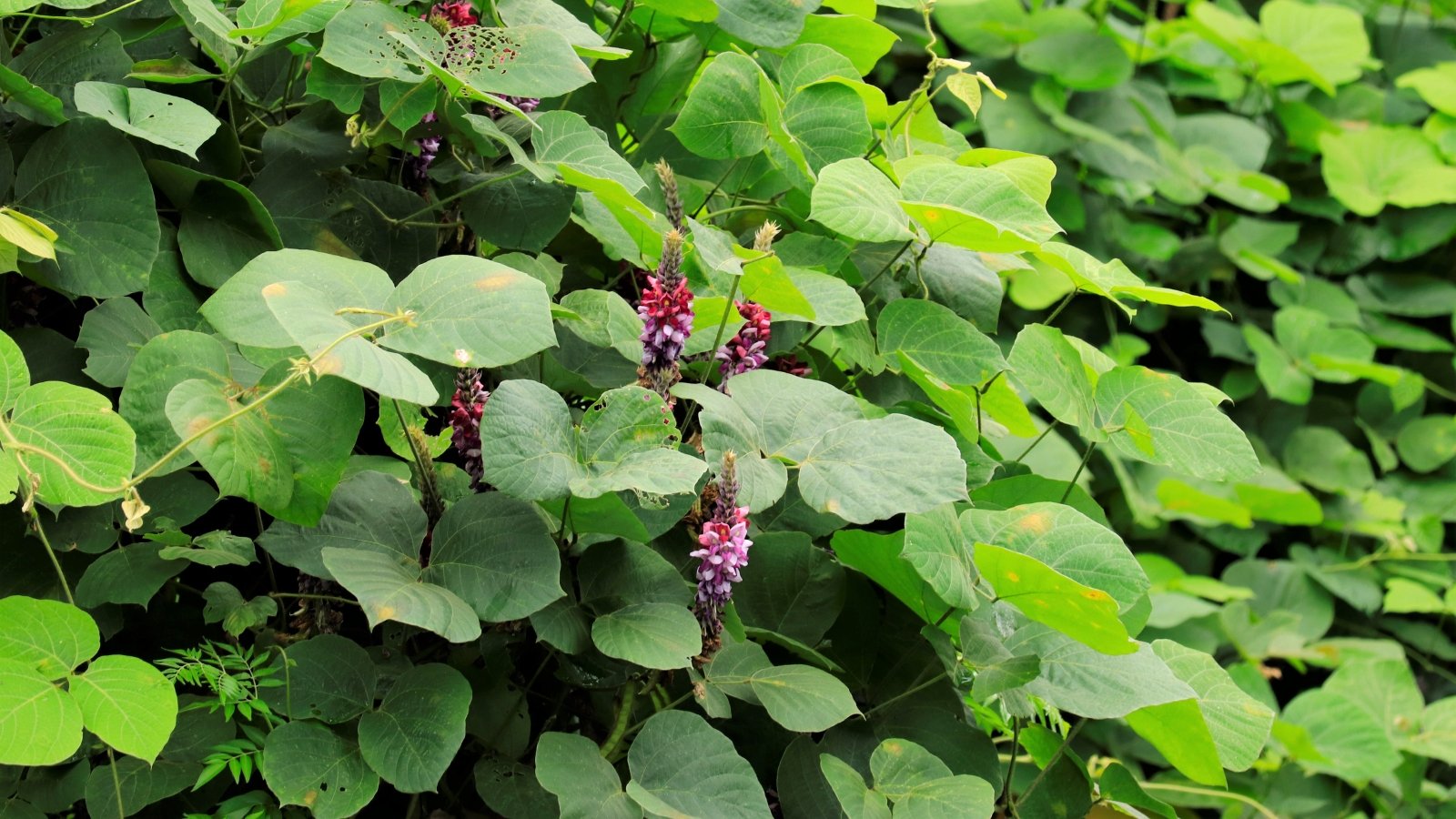

|
|
botanical determine Pueraria montana |
|---|
This extraordinarily invasive vine originated in Asia. First launched to the US throughout the late 1800s, it was an ornamental landscaping plant moreover used for erosion administration. Nonetheless, kudzu is now thought-about a noxious weed all by means of lots of the Japanese and Central United States.
Kudzu vines are very aggressive, rising shortly to a dimension of 100 toes or additional. It develops a big root system which may very well be very troublesome to eradicate as quickly as established. Kudzu has fragrant purple flowers throughout the spring and the fast-growing vines can blanket whole swaths of forest, killing timber, shrubs, and wildflowers in its path.
Sweet Autumn Clematis
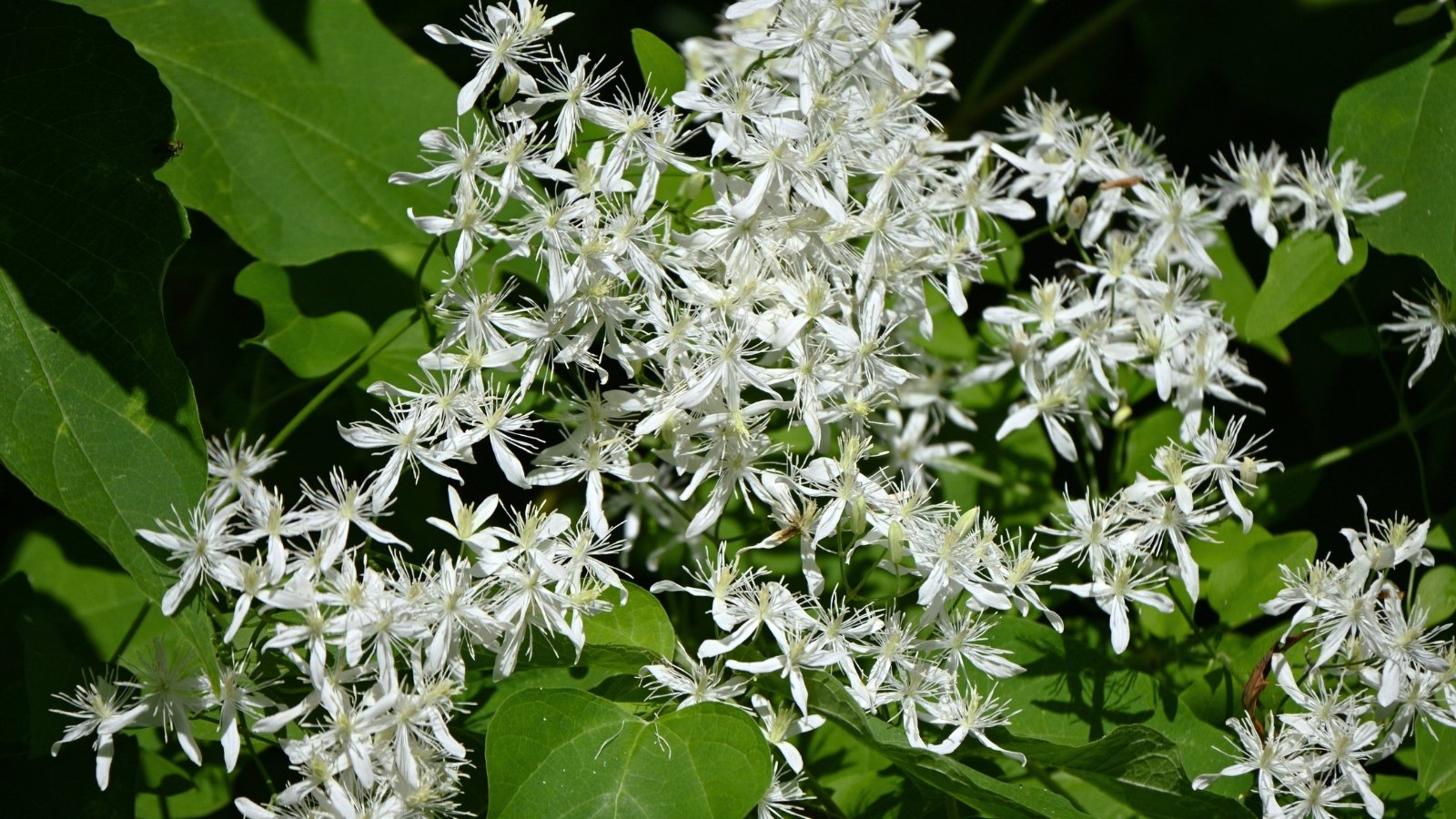

|
|
botanical determine Clematis terniflora |
|---|
Sweet autumn clematis, usually referred to as sweet autumn virgins bower, is native to Asia. Do not confuse this plant with the very associated native species, Woodbine (Clematis virginiana), from the Southeastern United States. Sweet autumn clematis is a fast-growing invasive Southern species that creates a dense blanket that blocks out the daylight from any crops beneath.
Sweet autumn clematis is a semi-evergreen vine with gorgeous, fragrant white flowers that bloom throughout the fall. Its many-branching vining stems path alongside the underside until they meet vertical help, which they then begin to climb.
For individuals who’d like in order so as to add a shade-tolerant clematis plant to your panorama, attempt the American Clematis virginiana or any considered one of many well-behaved clematis cultivars. Once you plant an invasive species, this may be very troublesome to cast off it as soon as extra as quickly because it begins to take over your yard.
Vinca
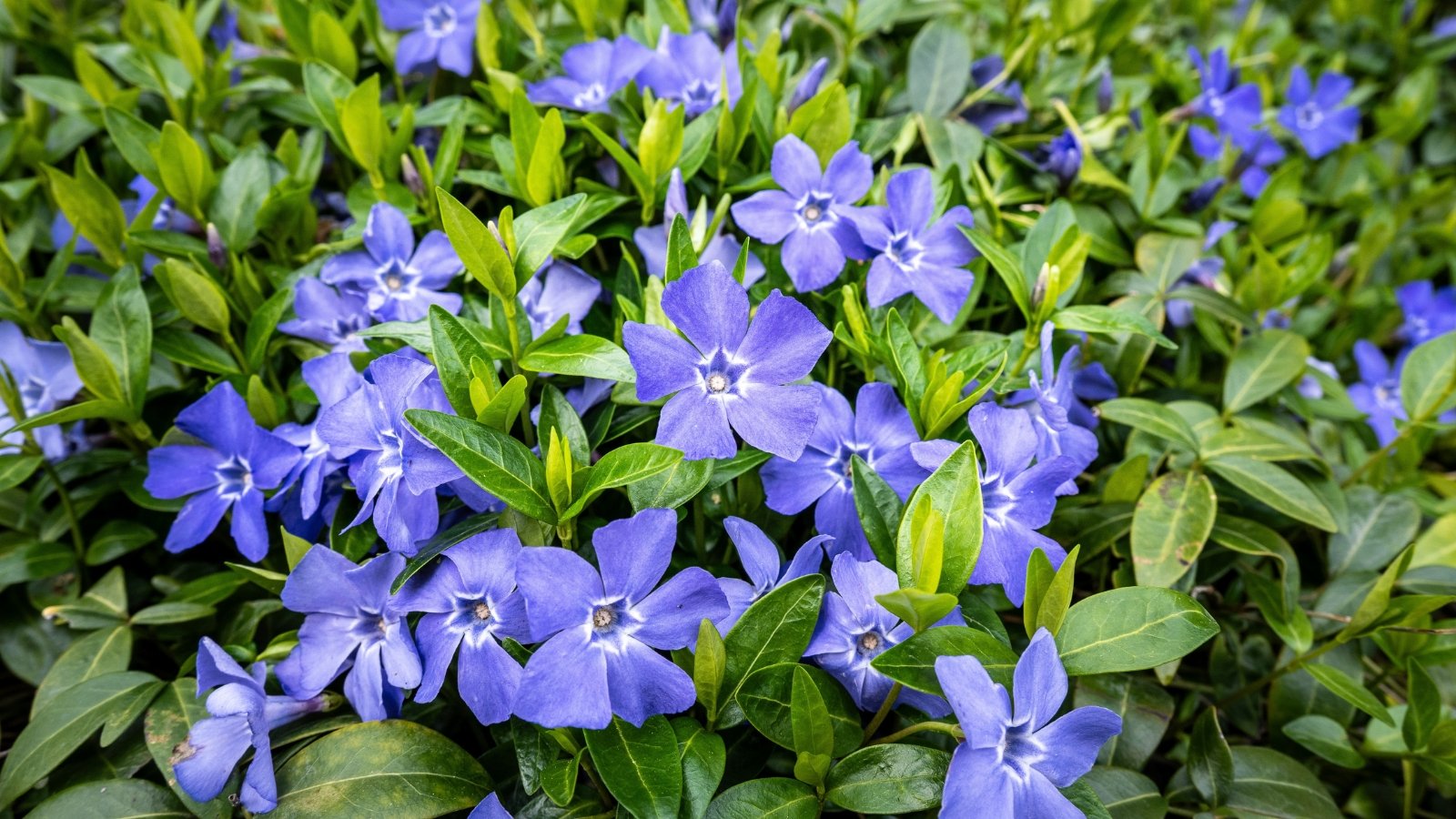

|
|
botanical determine Vinca predominant and Vinca minor |
|---|
Vinca, moreover known as periwinkle, is a showy vining ground cowl endemic to Europe and Asia. Every the upper periwinkle (Vinca predominant) and the frequent periwinkle (Vinca minor) are invasive species to stay away from. These fast-growing vines invade homesites, woodlands, and disturbed areas. They unfold shortly and re-root as they go, making them very troublesome to handle. Vinca creates a dense ground cowl that chokes out low-growing native species.
Vinca is a fast-spreading ground cowl with pairs of shiny, reverse leaves. The five-petaled purple flowers bloom throughout the spring, allowing you to easily acknowledge this plant. The leaves are evergreen or semi-evergreen, so it’s attainable so that you can to see vinca infestations in woodland web sites and forest edges, even within the midst of winter.
White Inch Plant
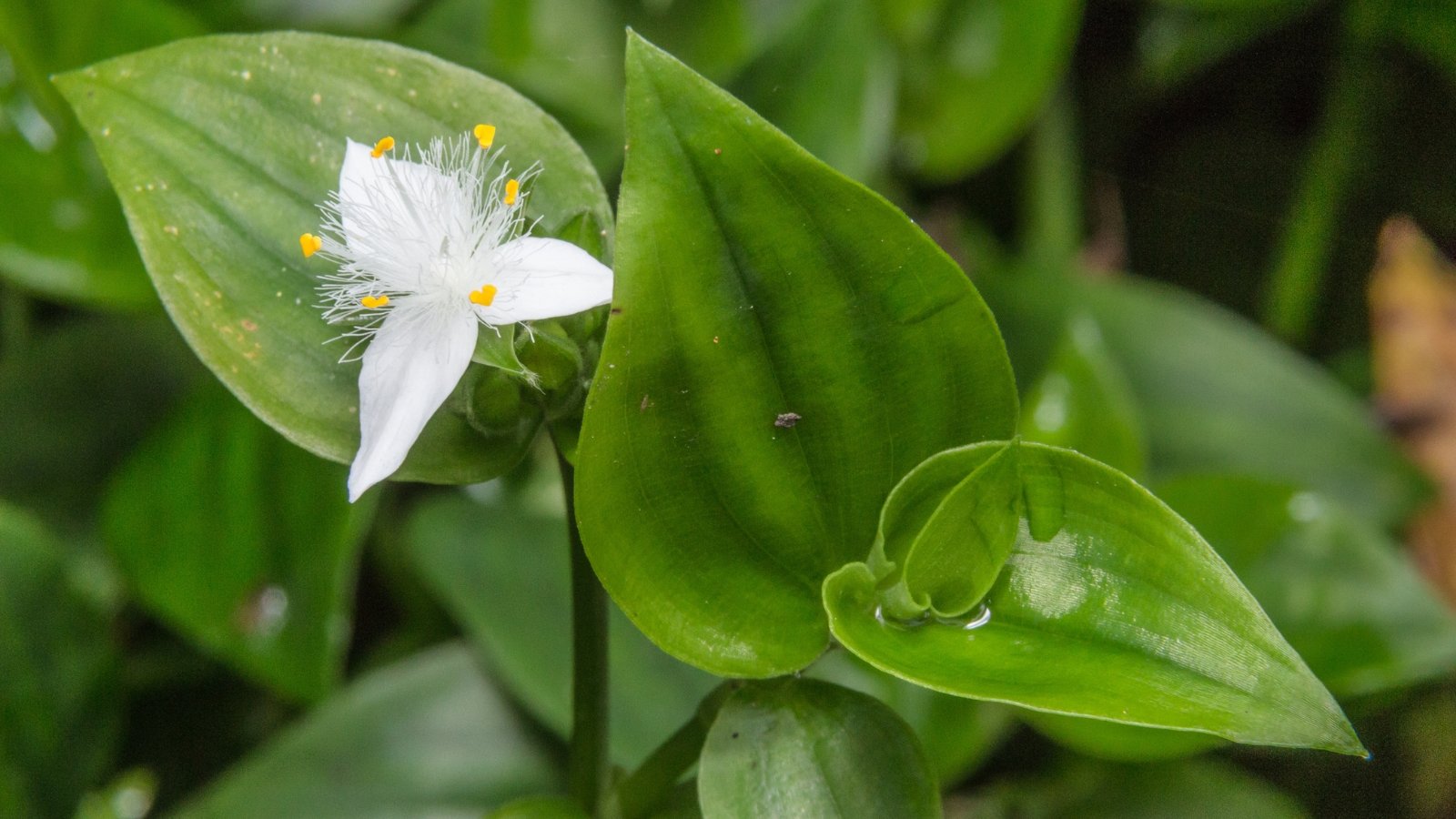

|
|
botanical determine Tradescantia fluminensis |
|---|
The white inch plant, usually referred to as white-flowered spiderwort, is endemic to South America nevertheless listed as an invasive species in Florida. This ornamental ground cowl was launched as a decorative landscaping plant for stream monetary establishment stabilization because of it loves moist soils. It thrives in shaded habitats and is a vital threat to native botanical communities. It grows shortly and outcompetes native species.
This heat-loving herbaceous perennial has thickened, shiny leaves. These semi-succulent leaves are evergreen and embrace some variegated cultivars. As a result of the stems creep alongside the underside, they root wherever they contact moist soil. The three-petaled white flowers bloom periodically all yr lengthy in warmth climates.
Winter Creeper
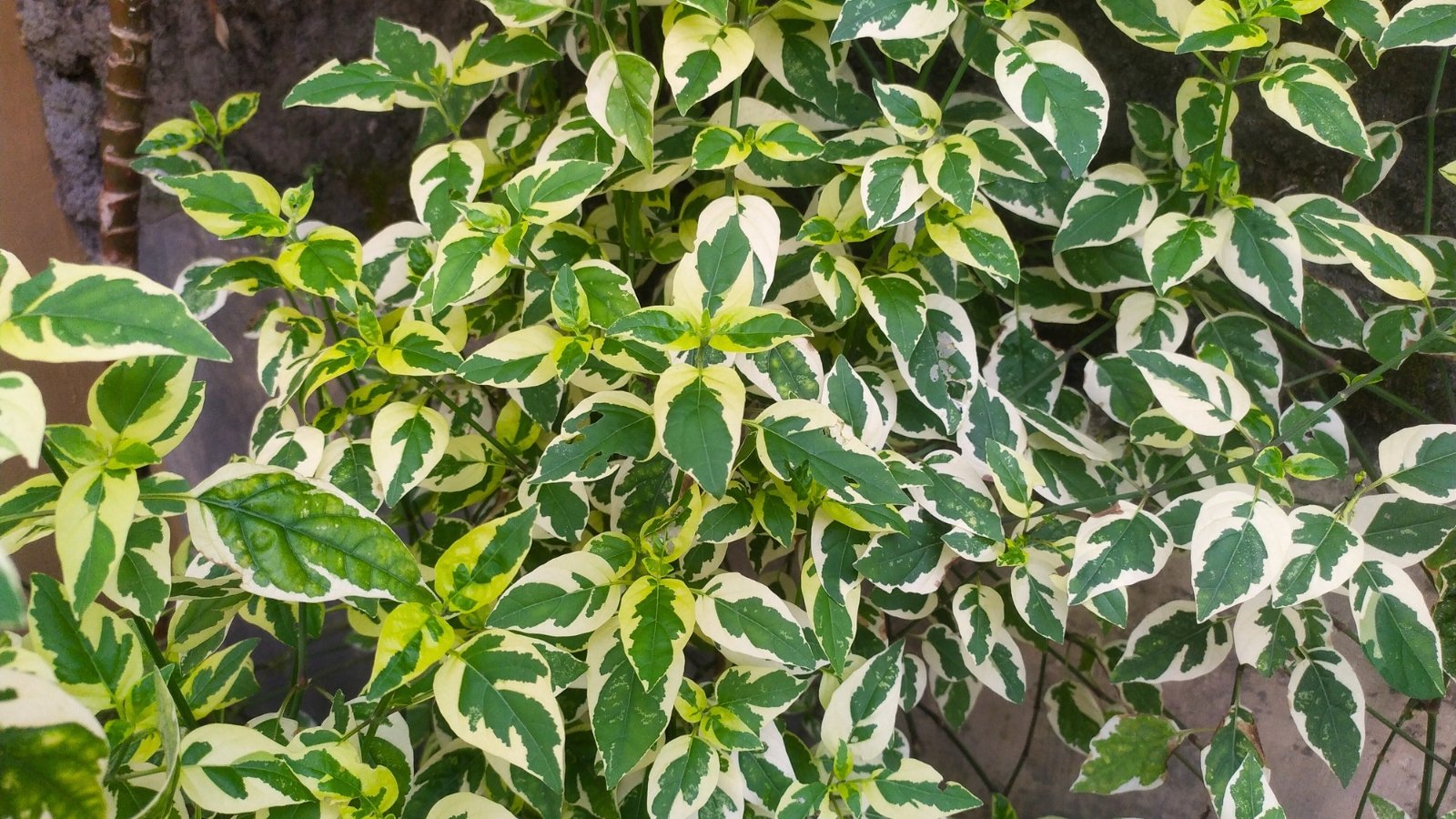

|
|
botanical determine Euonymus fortunei |
|---|
Winter creeper originated in Asia and obtained right here to the US as an ornamental low-growing yard addition. It escaped cultivation and is now acknowledged as an invasive weedy plant in a number of Central and Japanese states. This vigorous vine creeps alongside the soil ground, outcompeting wildflowers and grasses. It moreover climbs timber and shrubs, clinging to their bark and smothering them with thick leaf cowl.
Winter creeper has evergreen foliage and many-branching woody stems. When it climbs over totally different vegetation or small buildings, it appears additional like a shrub. The non-showy white flowers bloom in spring, adopted by vibrant crimson berries. All parts of this plant are poisonous to of us and pets.
Yellow Archangel
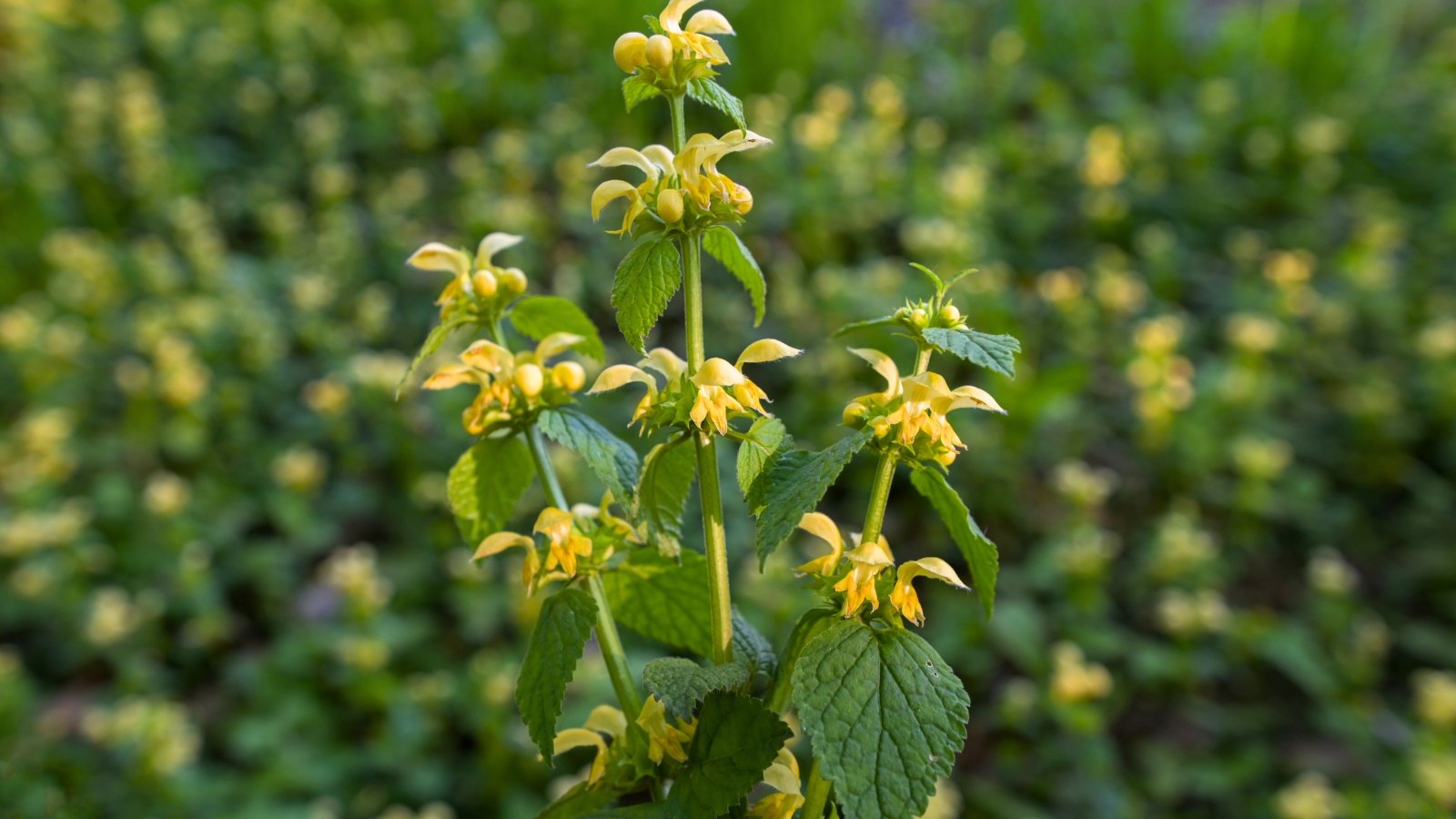

|
|
botanical determine Lamium galeobdolon |
|---|
The yellow archangel, usually referred to as golden lifeless nettle, is a shortly spreading member of the mint family from Europe and the Heart East. It has ornamental foliage and flowers and has been used as a landscaping plant. It spreads shortly by seed, rhizomes, and creeping stems that root as they contact moist soil. As this plant escaped cultivation, it shortly unfold to pure areas, notably moist forests, the place it outcompetes native vegetation.
Yellow archangel is merely acknowledged by its variegated silvery-green leaves. In late spring or early summer season season, it develops taller flowering stems with clusters of showy, hooded yellow flowers. This plant is of particular concern throughout the Pacific Northwest, nevertheless it has moreover developed naturalized populations in a lot of totally different northern states.
Steadily Requested Questions
Ferns, alum root, and wild ginger are fantastic native selections. There are fairly a couple of gorgeous native ground covers and well-behaved non-native species you might choose from.
- Ferns: Whereas ferns aren’t vines, they make fantastic ground covers in your woodland yard. Develop a couple of utterly totally different fern species collectively for some splendidly showy foliage to fill in your shade yard.
- Alumroot – There are native species of alumroot (genus Heuchera). These crops type engaging leafy rosettes with dainty spring-blooming flowers. They unfold to turn into slowly enlarging clumps nevertheless not at all get uncontrolled.
- Wild Ginger – I’ve patches of untamed ginger rising in my shade yard and love this plant. The Canadian wild ginger (Asarum canadense) is a vigorous, shade-loving ground cowl that varieties small colonies of heart-shaped leaves. The distinctive spring-blooming flowers are very secretive; it is vital to peek beneath the leaves to see them blooming at ground diploma.
- Thyme – Are you in the hunt for a small ground cowl for a sunny web site? Try thyme! There are a variety of sorts of thyme, akin to English thyme, with its tiny leaves and pollinator-friendly flowers. These crops make a gorgeous ground cowl for borders and edges spherical your herb yard, vegetable yard, or flower yard.
Invasive crops get their determine because of they’ll shortly develop uncontrolled and intervene with surrounding timber, shrubs, herbs, and flowers. If you already have some invasive crops, whether or not or not ornamental or not, your future gardening efforts could be considerably easier with out them. It ought to take some time and devoted effort to remove invasive grasses, vines, herbs, shrubs, and timber, nevertheless it might be completed, and your yard generally is a lot easier to deal with with out them.
There are lots of strategies it’s essential use to remove invasive ground covers and totally different crops out of your panorama. Each plant responds in any other case to utterly totally different administration mechanisms. Search the recommendation of your native extension office to review additional about biggest practices for eradicating species invasive to your space.
You’ll sometimes have to remove seeds, stems, leaves, and roots to take care of most invasive species from recurring, and in addition you’ll possibly have to carry watching the realm to make sure they aren’t sprouting once more. For individuals who’re persistent, you might usually efficiently take away invasive species.
- Pull them by hand: Placed on gloves to protect your fingers from potential thorns and chemical irritants that will set off itchy rashes. Hand pulling works biggest for minor infestations of small crops which have shallow roots.
- Dig them out: Use a shovel to dig out deeper roots. Keep in mind to confirm the locations of your underground utilities so that you just don’t by chance dig into buried utility traces.
- Tarp them: Lay a silage tarp over the affected house to smother the invasives and forestall photosynthesis. It is attainable you will should elevate it, water the realm, and re-cover repeatedly to exhaust the muse system.
- Pre-emergent herbicides: Throughout the worst situations, you might resort to chemical administration. A pre-emergent herbicide works for annual weeds, along with weedy ground covers usually current in lawns. This product is usually a powder or pellet that you just simply apply to your ground in spring or fall to cease seeds from sprouting. Take care to make use of personal defending instruments and observe bundle instructions.
If there’s a species of invasive ground cowl or totally different species that you just simply really must develop, confining it to a container is an efficient means to help administration its unfold. The roots and stems could be contained by the pot, nevertheless watch out for seeds. For individuals who allow your crops to set seed, they’ll nonetheless unfold into your yard and previous. Deadhead spent flowers to cease seeds from rising.
[ad_2]
Provide hyperlink